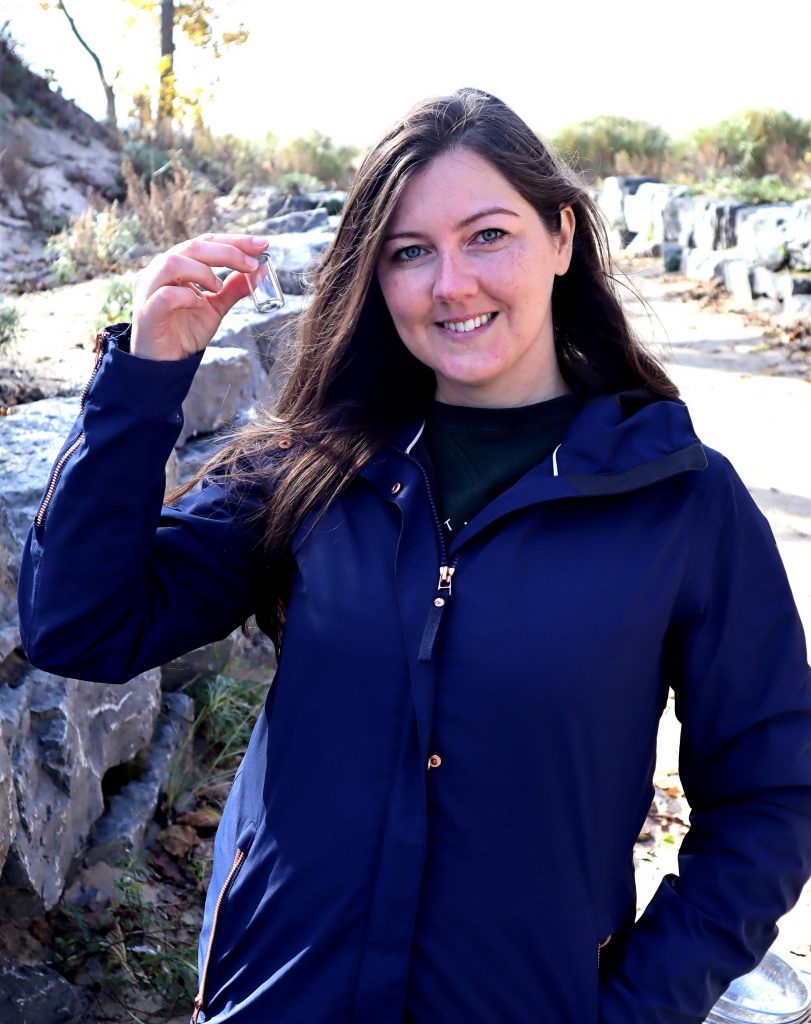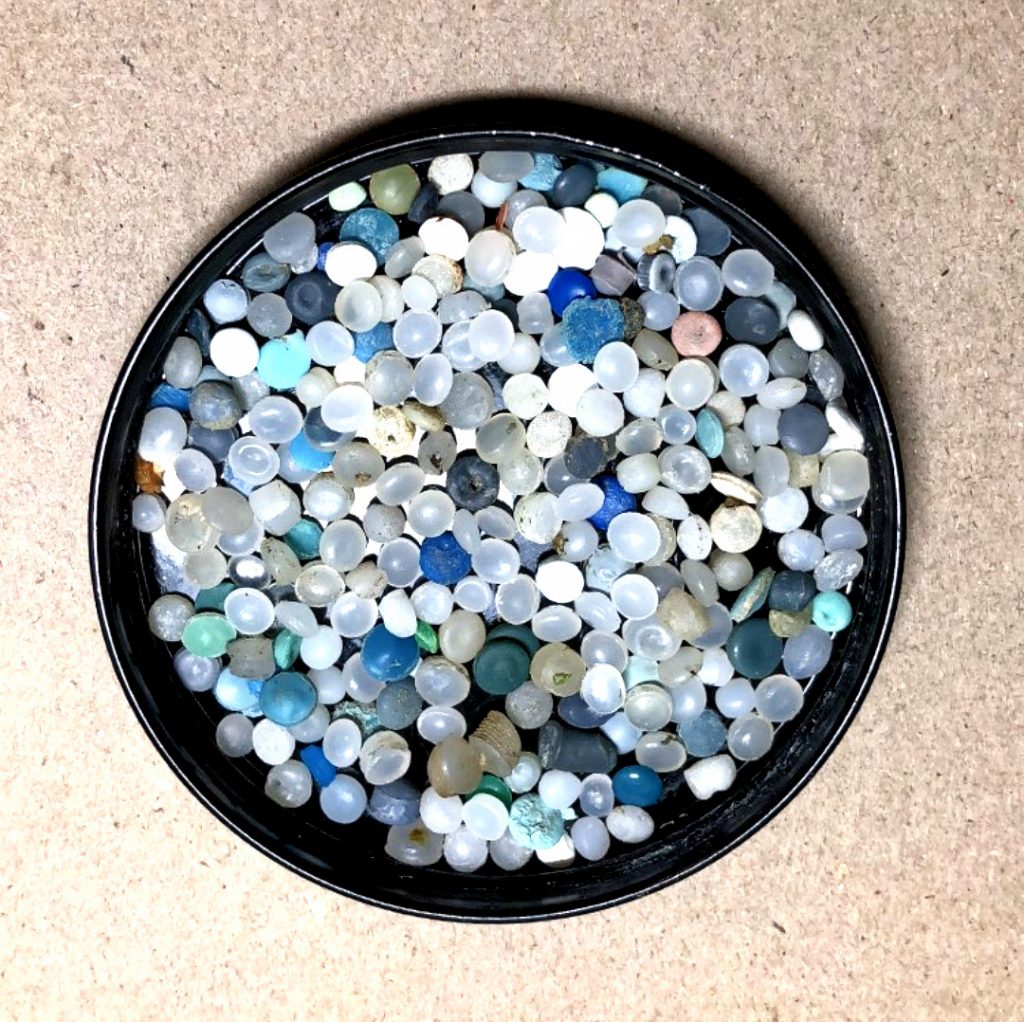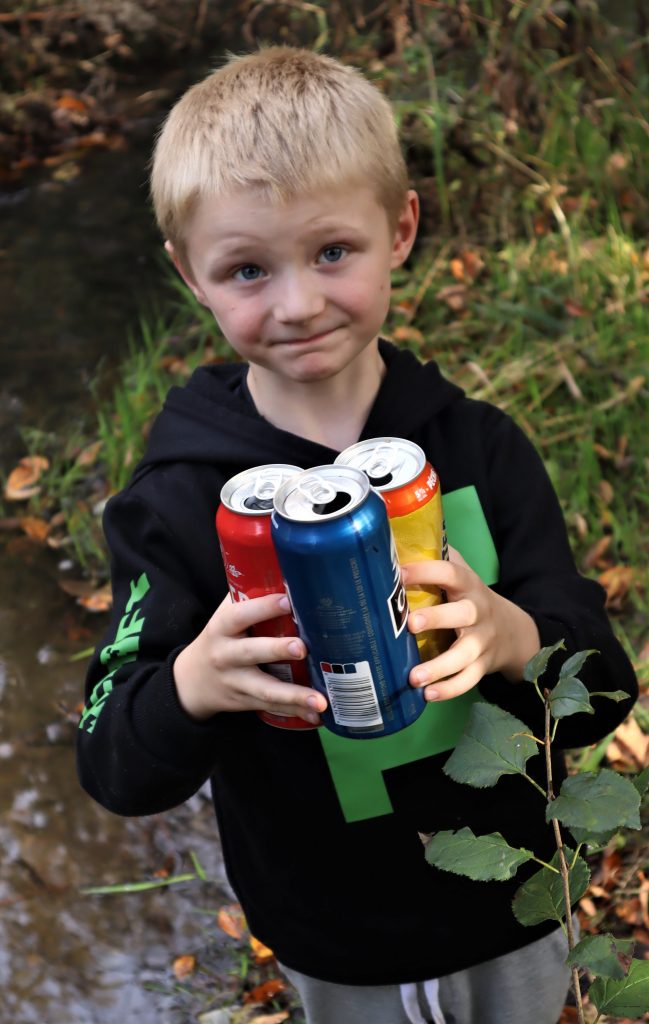Prince Edward County, Ontario, Canada
Nature Nuggets
NATURE NUGGETS is a collection of various news items that may be of interest to NATURESTUFF readers
BELLEVILLE RESIDENT, JOHN LOWRY, HAS A PRODUCTIVE YEAR, COLLECTING CANS AND BOTTLES
It has been a very good year for my beer can fund raising efforts and all of it went to local land acquisition efforts by several organizations or similar local projects.
I collected …
7,033 beer cans
897 alcoholic bottles
4,319 pop cans
Total cash value of returns: $849.00
The donations paid out were a total of $1,400.
Nature Conservancy of Canada: $1,050
(monies directed to Hazel Bird, McMahon Bluff, Napanee Plain, Brighton Wetland and the Hastings Wildlife Junction)
South Shore Joint Initiative: $175
Friends of Sandbanks Park: $50
(monies directed to the dune boardwalk project)
Ontario Nature: $50
(monies directed to the Sydenham Nature Reserve)
Rideau Waterway Land Trust: $50
(monies directed to the Warren Nature Reserve)
Friends of the Napanee River: $25
(monies directed to the Helen Hutchison Nature Reserve)
… coupled with donations strategically made on ‘Giving Tuesday’ (November 30th) my donations were boosted by $700 for a grand total of $2,100 … not bad for a year’s efforts.
ON THE HUNT FOR NURDLES
By John Lowry
In late October, on a cool but sunny day, an intrepid band of volunteers were to be found scouring the sands of Outlet beach at Sandbanks Provincial Park searching for nurdles.
Nurdles, you say? If you are wondering what on earth is a nurdle, you wouldn’t be alone. The overwhelming majority of Canadians have likely never heard of nurdles.
But that is something Rochelle Byrne, founder and executive director of ‘A Greener Future,’ an environmental non-profit agency, is hoping to change. She is working to raise public awareness of what nurdles are and their impact on the environment.

In a short presentation before the volunteers hit the beach with sieves in hand, Rochelle explained that nurdles are tiny plastic pellets that are melted down by manufacturers to produce new plastic products. Because of their tiny size the pellets are easily lost and end up being washed into our streams, rivers and eventually Lake Ontario.
Once in our aquatic systems the nurdles pose two distinct hazards. The small pellets resemble fish or amphibian eggs and so are often ingested either purposely or accidently by both fish and shorebirds. The pellets are indigestible and end up clogging the stomachs of the creature that ingest them. Dead shorebirds have been found with their stomachs literally packed with nurdles and other small fragmented pieces of plastic, something that sadly results in their dying from starvation.
Additionally, Rochelle explained, the nurdles themselves can attract and absorb toxins which then means that these toxic tidbits are contaminating the waters of Lake Ontario. And that is a matter of concern because Lake Ontario is the source of drinking water for over 9 million people. Additionally, when the pellets are consumed by fish for example the toxins are then transferred to the fish itself.
The group of 10 volunteers accompanied by several Greener Future staff members spent the next five hours roaming up and down the beach in search of not only nurdles but other bits of plastic pollution. By days end the team had collected 2,184 pieces of plastic which included 265 nurdles. The plastic trash included everything from water bottles and more frequently their caps to plastic straws and small pieces of broken plastic from a variety of sources. A further 186 nurdles had been collected from the beach earlier in the week by organization member Nicole Henderson when she was scouting out the location.

The volunteer event is all part of ‘A Greener Future’s effort to raise awareness of plastic pollution in Lake Ontario. Founded in 2014, the organization works with local communities to promote environmental preservation through organized litter cleanups (under the auspices of the “Love Your Lake” program), educational programs and other events. The use of volunteers is a core aspect of the organization’s work.
The vast freshwater inland seas that are the Great Lakes are an ecological wonder and are surrounded by millions of human inhabitants who rely on the lakes for amongst other things drinking water, sewage disposal as well as for recreational purposes like fishing, swimming and boating. Just as importantly the lakes are home to a wide variety of creatures and plants including over 40 species of fish and innumerable bird species (both as a migratory stopover and as seasonal residents).
Rochelle’s hope is that someday we will find the lakes free of not just nurdles and other plastic pollution, but pollution altogether.
CANS, CANS, CANS …
by John Lowry
Belleville resident and Quinte Field Naturalists member, John Lowry, is dismayed by the number of discarded aluminum cans he finds everywhere he walks. So, to draw some attention to the current epidemic of cans along our roadways and trails where outdoor enthusiasts like to walk, John wrote the article below.
Cans, cans, cans … there are aluminum cans literally EVERYWHERE.
Which is perhaps not surprising considering that globally the beverage industry uses about 180 BILLION cans every year. Sadly, a lot of them end up littering our roadsides and countryside.
And this is not a new issue – Coors was the first company to put beer in aluminum cans way back in 1959, followed by pop drink producers Royal Crown in 1964 and Coke and Pepsi in 1967. The use of aluminum beverage cans has grown exponentially since then.
Several years ago, I began collecting the cans (both alcoholic and non-alcoholic) and bottles and cashing them in.
The most immediate benefit is that it is helping remove some of the trash that is such a blight on our cityscapes and countryside (not to mention our beautiful protected spaces).
The second benefit, though less apparent, is that it is helping minimize the carbon imprint that our addiction to convenient disposable beverage containers is having on the planet. It takes more energy to mine and produce aluminum than any other metal. Producing aluminum from recycled cans takes only 5 per cent of the energy needed to produce new aluminum. And the production of beverage cans is the single largest use of aluminum globally.
The final benefit, which is a matter of personal choice for me, is that any monies that I receive I donate to either the Hastings Prince Edward Land Trust or the Nature Conservancy of Canada to assist them as they strive to acquire and protect natural areas in our region. And considering the huge developmental pressures this region is experiencing because of exploding land values, this is a matter that is of more importance than ever before.
So, while the amounts of money I am collecting (close to $600 this year) are not huge, I like to think that every little bit helps. And our dear old planet needs all the help it can get.
(Some of the statistical information for my article came from the Internet website “The World Counts” which was established to create awareness of the many social and environmental challenges the world faces.)
